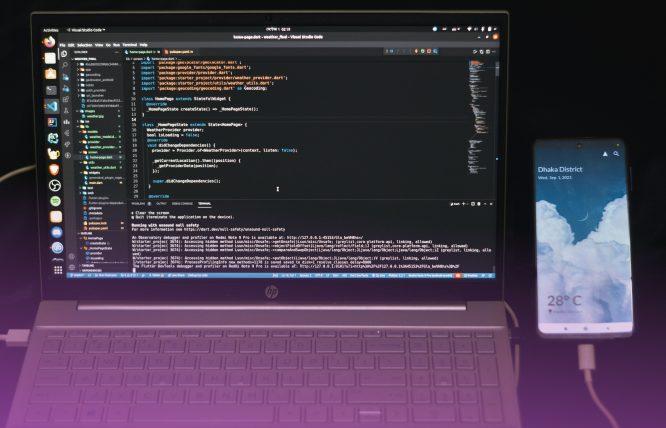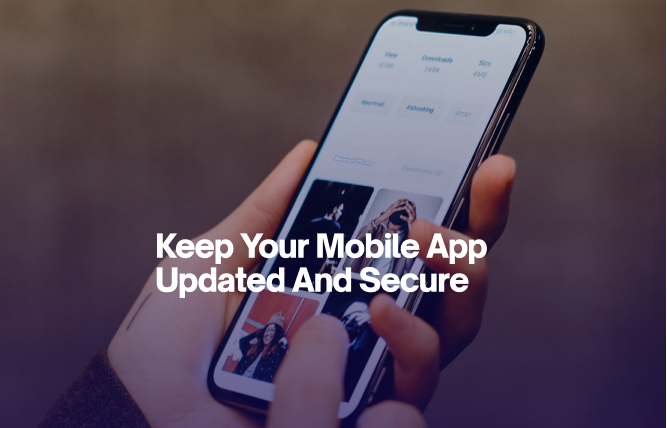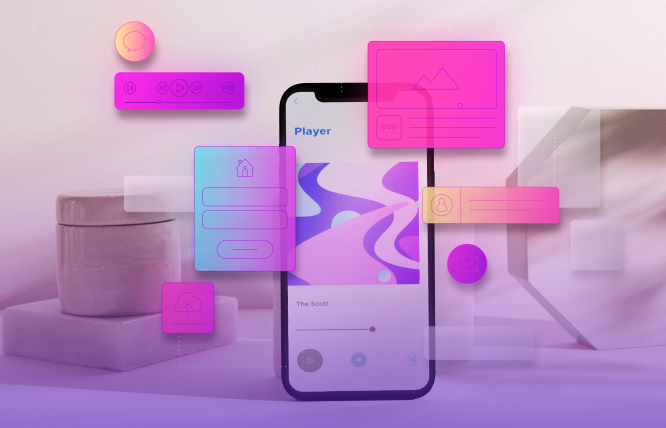Introduction
This blog outlines the phases of designing a small Android application, including its purpose, wireframe, design choice, and preparation for deployment. It gives detailed guidelines on how to incorporate the best, easiest-to-use app.
Designing a custom android app is not just about shaping the aesthetics of your application; it is about how users will engage with it.
There are roughly 3+ billion active Android devices, so the competition is great. Unfortunately, having a design idea for an Android app is not enough. If you want to become a market leader, you need a plan.
This popular saying goes in graphic design, “Good design is obvious. Great design is transparent.” This couldn’t be truer for Android app design.
The best application design not only serve a purpose but literally completes the user’s tasks without the user realising it. In this blog post, we will take you through each step of the process, from the time you had a mere design idea in your head to the time you finally released your Android application.
Step-by-Step Breakdown of How to Design Android Application that Users Will Love
When using the Android platform to develop an application that users will love, there is a method to follow. Make a statement of purpose for your app and work with a goal to solve your audience’s problem through the app. Follow the step-by-step guide below to better understand how to create a perfect Android app design.
1. Understand Your App’s Purpose
Before you jump into designing, make sure you know exactly why you are launching an app. What problem does it solve? How will it add value to the lives of your audience? This is like laying the foundation for building an app design. A clear purpose will guide all your design choices because your design won’t hold up without a purpose.
2. Research the Market and Users
Now, use analytical tools to understand the market and your target audience. Check out who else is offering similar apps and what they do well (or not so well). User reviews are gold mines for discovering what people really want and what they’re missing. This research will help you find your unique angle and create an app that truly meets your users’ needs.
3. Sketch Out Initial Ideas
With a solid purpose and market insights, start sketching your ideas. This is where your app starts to come to life. Create rough drafts to explore different layouts, features, and how users can navigate through your app. Focus on making the experience intuitive and straightforward.
4. Create Wireframes for the App
Wireframes are your app’s blueprint. They lay out the basic structure and layout, focusing on functionality rather than aesthetics. This step helps you see how the app’s flow works and ensures that every feature is in the right place, making navigation smooth and logical.
5. Design the User Interface (UI)
With your wireframes set, move on to designing the visual aspects. Choose a style that aligns with your app’s purpose and appeals to your users. Make sure all UI elements—buttons, icons, and images—are clear and easy to interact with. Aim for a clean and organised look that enhances the user experience.
6. Develop the User Experience (UX)
UX is about making sure your app is easy and enjoyable to use. Think of it as creating a friendly guide for your users. Ensure it’s simple for them to find what they need, and that the app responds quickly to their actions. A great UX can turn your app into a favourite.
7. Choose Colours and Fonts Wisely
Colours and fonts might seem small, but they can make a big difference. The right choices can make your app look great and feel easy to use. Think about the emotions you want to convey. For example, blue can feel calm, while red might feel exciting.
When picking fonts, make sure they are easy to read on different screens. Simple fonts are usually best for regular text, while you can use something a bit fancier for headings. Just remember, style shouldn’t get in the way of readability.
8. Prototype Before You Build
A prototype is like a test run for your app. It helps you see how everything will work before you start building it. You can use tools to create a clickable model and see if everything flows smoothly. This is a great way to find problems early on and make changes before it’s too late.
9. Listen to Feedback & Make Necessary Changes
Once you have a prototype, share it with people and ask for their opinions. This feedback can help you identify features that might be confusing or difficult to use. Don’t be reluctant to make changes based on what you hear. The goal is to create an app that users love.
10. Finalise the Design for Development
Now that you’ve gathered feedback, it’s time to finalise your design. Make sure everything looks great and is ready for developers to build. Create detailed guide so they know exactly what you want.
11. Test, Test, & Retest
Before you start building, test your design to make sure it’s easy to use. Try using it yourself and ask others to try it, too. Look for any problems or confusing parts. This is your last chance to make changes and improve the user experience.
12. Prepare Design Assets for Developers
Once your design is finalised, gather all the images, icons, and fonts you’ll need for development. Organise them in a way that’s easy for developers to find and use.
13. Launch the App with a Great Design
Now it’s time to launch your app! Make sure your app store listing is clear and attractive. After launch, keep an eye on user feedback and make updates as needed. Remember, a successful app is always evolving.
Conclusion
Designing an Android application is a process that involves careful planning, design, and testing. From understanding the app’s purpose to launching it successfully, each step is crucial in creating an app that not only looks good but also delivers a great user experience. By following these steps, you can ensure that your app stands out in a crowded market and meets the needs of your users effectively.
Frequently Asked Questions
Designing an app involves a few clear steps:Define the Purpose: Start by understanding what problem your app will solve.Research: Check out similar apps and understand your target audience.Sketch Ideas: Draw rough layouts and features of your app.Create Wireframes: Build basic blueprints showing how the app will work.Design the UI: Make your app look good with colours, fonts, and icons.Develop the UX: Ensure the app is easy and enjoyable to use.Prototype: Build a model to test how it works.Gather Feedback: Get opinions from users to improve the design.Finalise Design: Prepare everything for development.Test for Usability: Make sure the app is user-friendly.Prepare Assets: Organise design elements for developers.Launch: Release your app and monitor its performance.For a detailed guide, connect with us, and we will provide you with a complete Digital transformation roadmap.
The cost of designing an Android app is typically $3,000-$10,000. However, the cost varies based on complexity and features. Generally, it depends on factors like the design scope and the rates of a Mobile app development company. For a precise estimate, you should consult with a professional.
Yes, we can design an Android app tailored to your needs. Our team at Custom Website Solutions specialises in creating user-friendly and visually appealing apps. Contact us to discuss your project.
Have questions or feedback?
Get in touch with us and we‘l get back to you and help as soon as we can!




